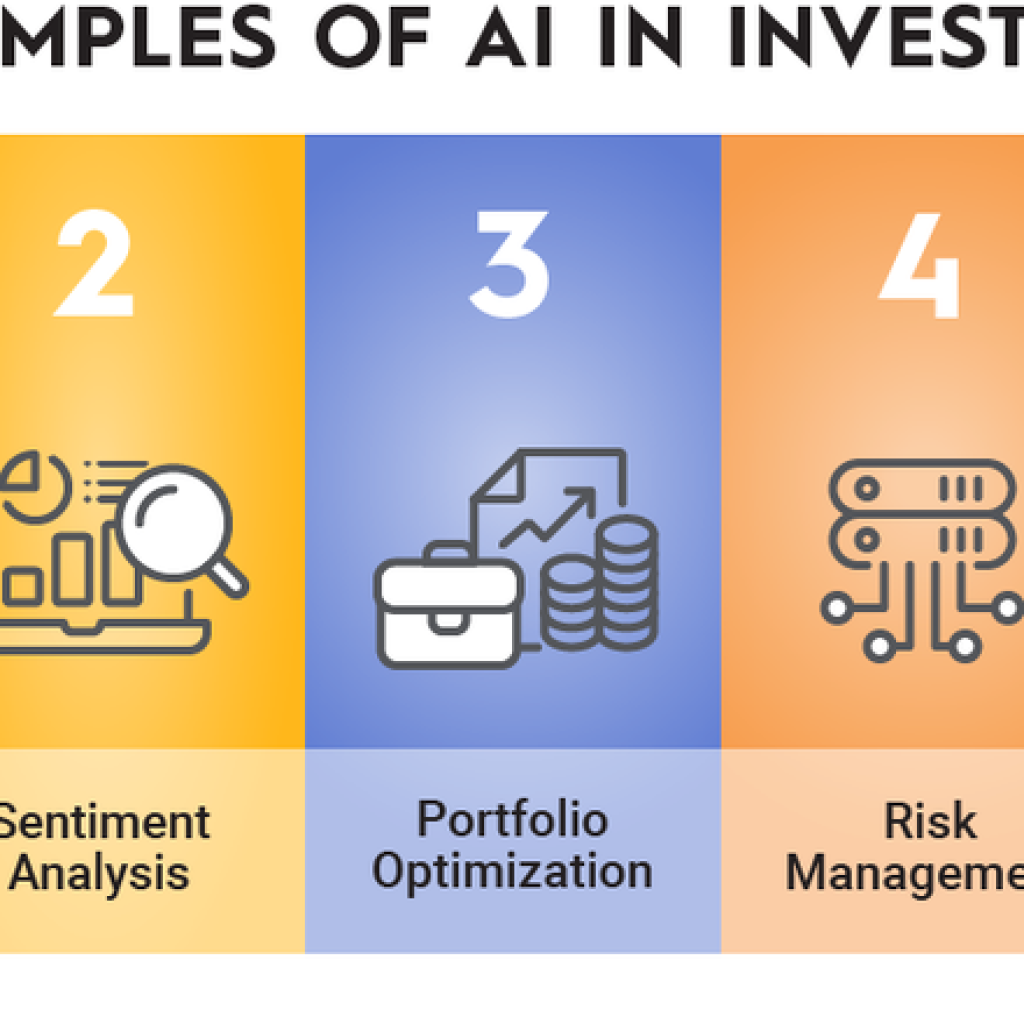Artificial Intelligence (AI) has become an integral part of our lives, with AI-powered tools like ChatGPT reaching millions of users. However, there is a noticeable gender gap in AI adoption, with more men embracing AI technology compared to women.
A dissenting voice: Harriet Kelsall
Harriet Kelsall, based in Cambridge and dyslexic, initially considered using AI to enhance communication with customers on her website. However, she found herself unable to trust AI after experimenting with ChatGPT. Ms. Kelsall noticed inaccuracies in the AI’s responses, particularly when she asked about the St Edward’s Crown. Her concerns extended to the possibility of people passing off AI-generated content as their own.
AI narratives: Women’s voices
Recent data reveals a stark contrast in AI adoption between men and women. A survey conducted earlier this year indicates that 54% of men incorporate AI into their professional or personal lives, while only 35% of women do so.
Michelle Leivars, a London-based business coach, refrains from using AI to write for her because she values retaining her unique voice and personality in her work. Clients appreciate the authenticity of her website’s content.
Hayley Bystram, the founder of the Bowes-Lyon Partnership matchmaking agency in London, opts for a personalized, face-to-face approach instead of relying on algorithms. She believes that using AI for creating member profiles would strip away the soul and personalization of the process.
Alexandra Coward, a business strategist in Scotland, views AI content generation as akin to “heavy photoshopping” and expresses concern about its impact on self-image.
Uncovering the gender disparity in AI
While these individual reasons are valid, AI expert Jodie Cook suggests that deeper, more ingrained factors contribute to women’s lower adoption of AI compared to men. Historically, STEM fields have been male-dominated, and the skills required for AI often align with STEM disciplines. In the UK, only 24% of the STEM workforce is female, which may affect women’s confidence in using AI tools.
Cook emphasizes that women need encouragement to both use and work in AI to bridge the gender gap. AI still feels like science fiction in popular culture, and its marketing often targets men, which may deter women from exploring AI.
Psychologist Lee Chambers highlights the confidence gap, suggesting that women tend to seek high competence before embracing a new technology, while men are more willing to experiment. Chambers also notes that women may fear having their abilities questioned if they use AI tools, as they are more likely to be accused of lacking competence. This fear could be exacerbated by concerns that AI usage might diminish their perceived qualifications.
The gender gap in AI adoption is a complex issue that requires a multifaceted approach. While some women value authenticity and human creativity over AI, it’s crucial to encourage and empower more women to explore and use AI technology. Building confidence in AI usage, challenging stereotypes, and promoting inclusivity in STEM fields are steps toward narrowing this gap.
As the AI industry continues to grow and evolve, we must ensure that women have equal access to its benefits and opportunities. Striking a balance between valuing authenticity and embracing technological advancements will ultimately lead to a more inclusive and equitable AI landscape.



